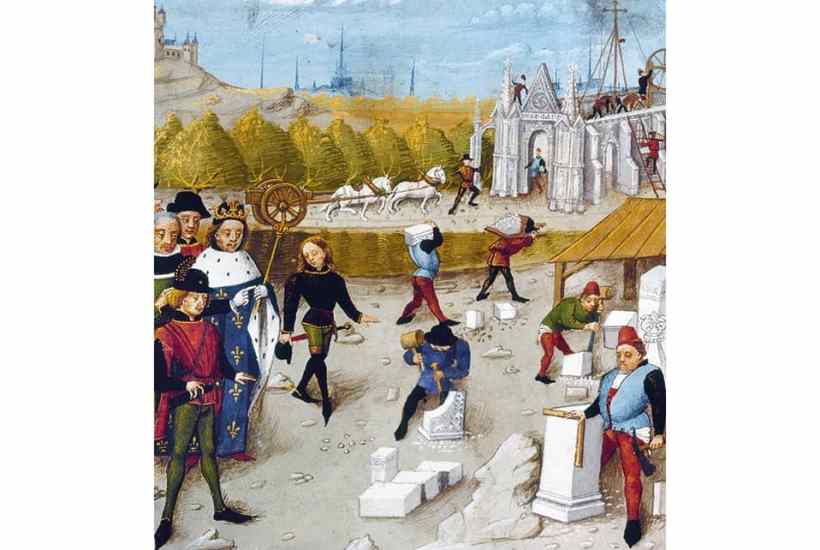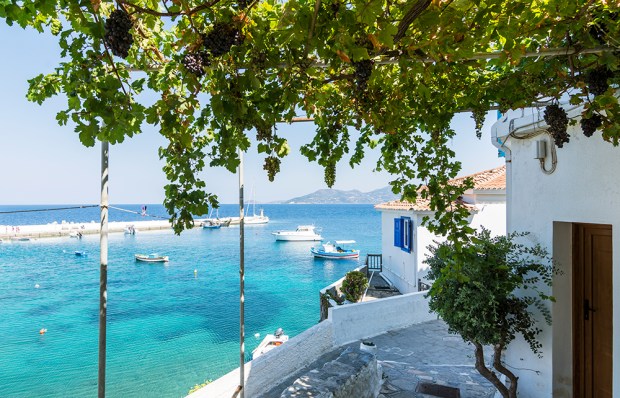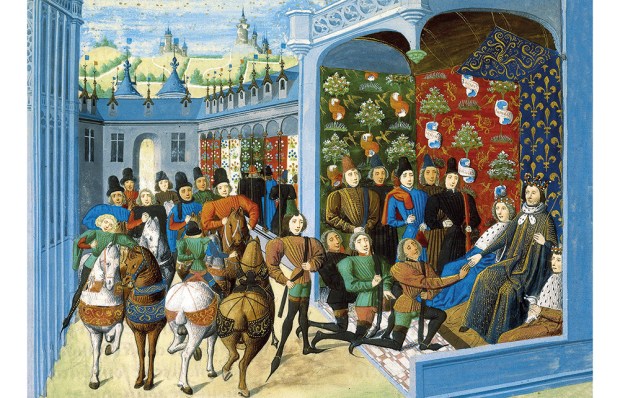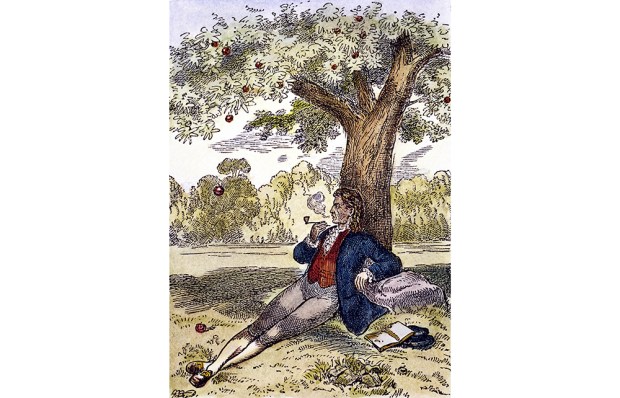There can be no clearer illustration of the central role that great cathedrals continue to play in a nation’s life than the outpouring of grief that greeted the catastrophic blaze in Notre-Dame in 2019. President Macron described the building as ‘our history, our literature, our imagination, the place where we experienced all our greatest moments’. Indeed, it is impossible to conceive of any major European city without a cathedral at its heart.
Emma J. Wells has written an accessible, authoritative and lavishly illustrated account of the building of 16 of ‘the world’s greatest cathedrals’. Her subjectivity is evident in that only seven feature among Simon Jenkins’s top 25 in his Europe’s 100 Best Cathedrals, although those seven – Amiens, Canterbury, Chartres, Cologne, Paris, Wells and Winchester – would surely be included on anyone’s list.
Heaven on Earth begins with the Byzantine Hagia Sophia in Istanbul and ends with Brunelleschi’s Renaissance dome for Santa Maria del Fiore in Florence. But the author’s primary focus is on the Gothic, which developed from the ogives, ribbed vaults, flying buttresses and stained glass of Abbot Suger’s Saint-Denis. Although disparaged by later writers such as Vasari, the Gothic style was designed to be ‘the metaphorical and physical exemplar of the Celestial City, the Heavenly Jerusalem’.
Some complex factors are explored: political unrest (Hagia Sofia), territorial ambition (Santiago del Compostela), pilgrimage envy (Westminster Abbey) and, above all, fire (Amiens, Rheims, Chartres and Canterbury) that led to these cathedrals’ existence in their present form. It charts their multifarious roles as landowners, courts, economic powerhouses and presenters of pageants and processions.
Chartres and Salisbury, their basic structures completed in 26 and 40 years respectively, were anomalies. Construction periods of 250 years (Amiens), 300 years (Canterbury) and even 600 years (Cologne) meant that the original architects never lived to see their visions realised. The most they could hope for was to be buried beneath the soaring vaults.
The book gives full weight to the wealth of legends associated with cathedrals, several of which received supernatural visitations during their construction, most frequently by the Virgin but also by a divine eunuch (Hagia Sofia) and the Devil (Cologne). It chronicles the often fractious relationship between ecclesiastical patrons and master masons, fictionalised so gloriously in William Golding’s The Spire, and offers fascinating nuggets of historical information, such as that Henry VI of England was the only medieval monarch to have been crowned in Notre-Dame.
Got something to add? Join the discussion and comment below.
Get 10 issues for just $10
Subscribe to The Spectator Australia today for the next 10 magazine issues, plus full online access, for just $10.
You might disagree with half of it, but you’ll enjoy reading all of it. Try your first month for free, then just $2 a week for the remainder of your first year.














Comments
Don't miss out
Join the conversation with other Spectator Australia readers. Subscribe to leave a comment.
SUBSCRIBEAlready a subscriber? Log in